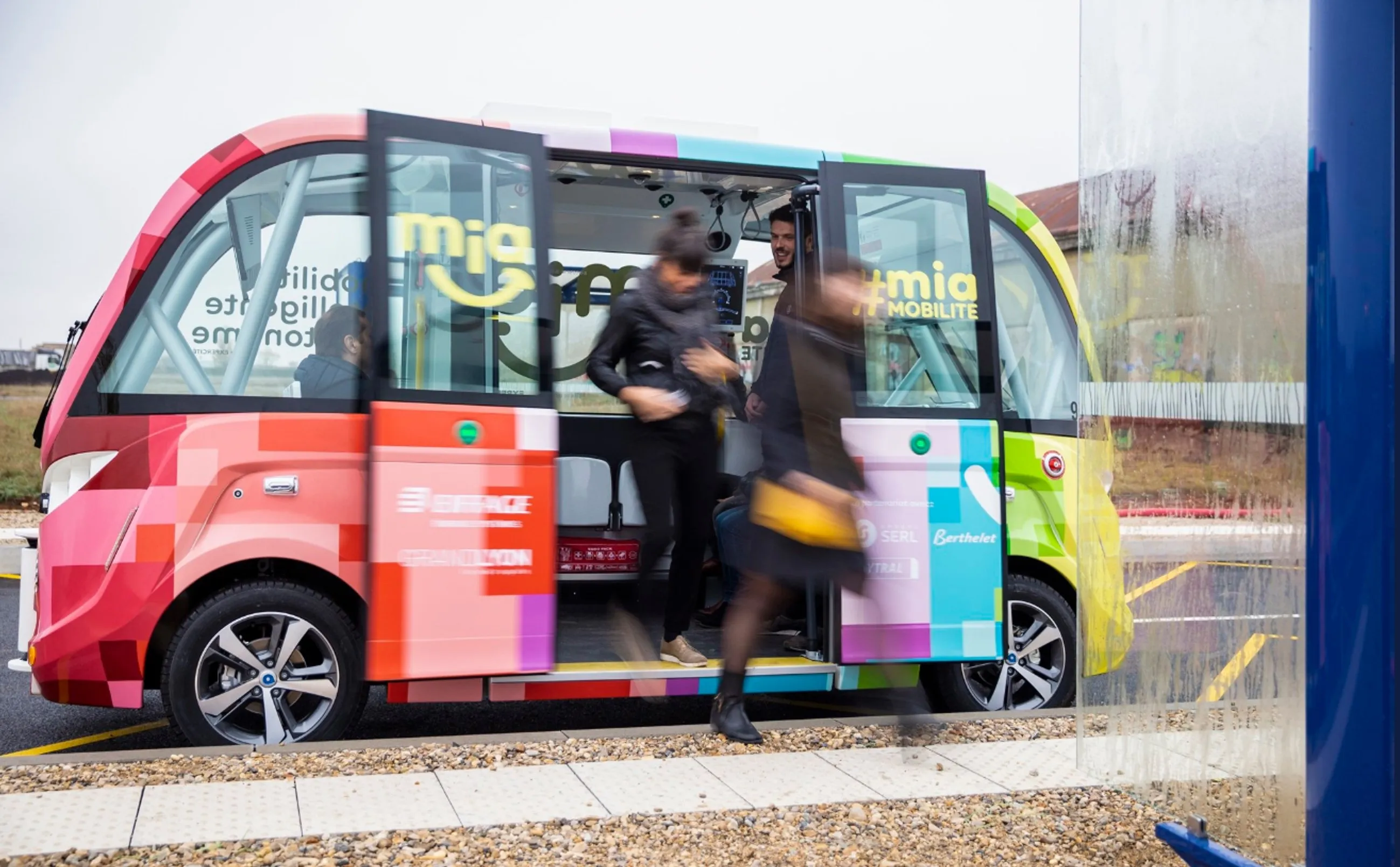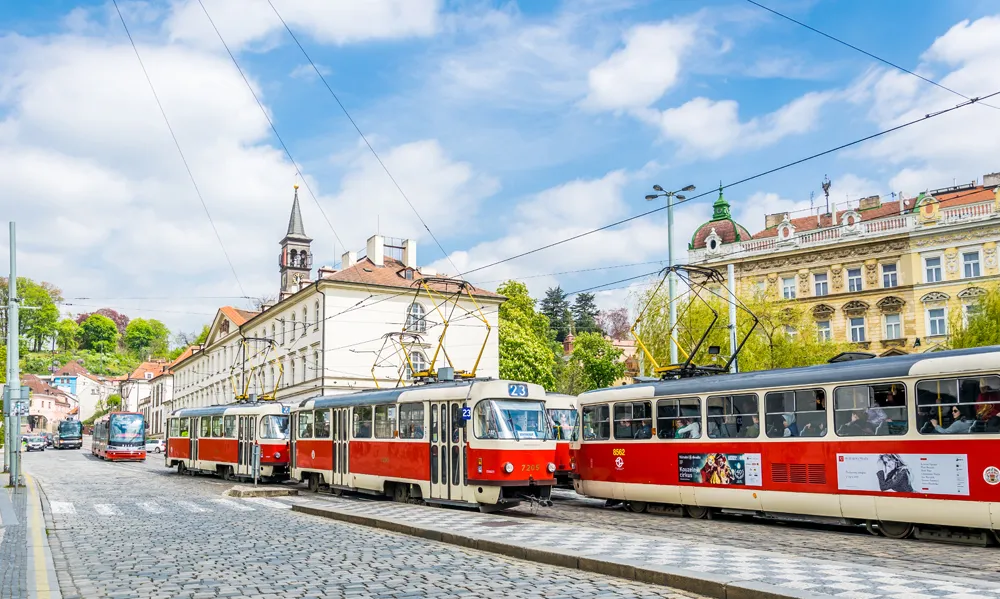
Navya has entered a partnership with the Minnesota Department of Transportation (MnDoT) to deploy its Arma Navya Autonom shuttle.
The agreement, which also includes Aecom and the city of White Bear Lake, Minnesota, will see the French firm pilot a free-of-charge shared mobility service over a 1.5-mile route in White Bear Lake, Minnesota.
It is part of MnDoT’s Connected and Automated Vehicle Strategic Plan, which aims to provide better travel options for the elderly and persons with disabilities.
The electric shuttle, which has a safety driver on board, will connect a number of residential facilities to the community YMCA, operating Monday to Friday between 9.30am and 1.30pm during the one-year pilot.
The vehicle has multiple on-board sensors, including 2D and 3D Lidars, a GPS system, and an odometer, and comes equipped with a mobility ramp in compliance with the Americans with Disabilities Act.
Aecom is the prime contractor, MnDOT will be in charge of finance, and Newtrax Transportation will provide the human operators.
There is also an academic partnership with White Bear Lake High School and the University of Minnesota, offering the students first-hand experience with C/AVs and boosting employment possibilities.
A website will be launched this summer, providing information on the shuttle and its route.
Navya CEO Sophie Desormiere said: "By joining our forces we will be able to provide a mobility solution to a large number of residents for whom no form of shared transportation has hitherto been available."
"Our shuttles are not only examples of emerging transportation technology, but also provide a concrete response to the community’s mobility needs by connecting people and enabling them to access services and activities. The Minnesota use case will also provide additional data on the shuttle’s operation during a wide range of weather conditions throughout the one-year pilot.“
“The Bear Tracks autonomous shuttles provide safe transportation options for White Bear Lake community members, particularly some of our more vulnerable residents," says MnDOT commissioner Nancy Daubenberger.
"The demonstration project also provides invaluable information that can move Minnesota forward in its goal of safe, equitable transportation for all in our state."
“This pilot will serve as a tangible example that helps the public understand and interact with the benefits of these vehicles while providing the community with a free, safe, and sustainable transportation option," says Daryl Taavola, vice president, Aecom US west transportation.









